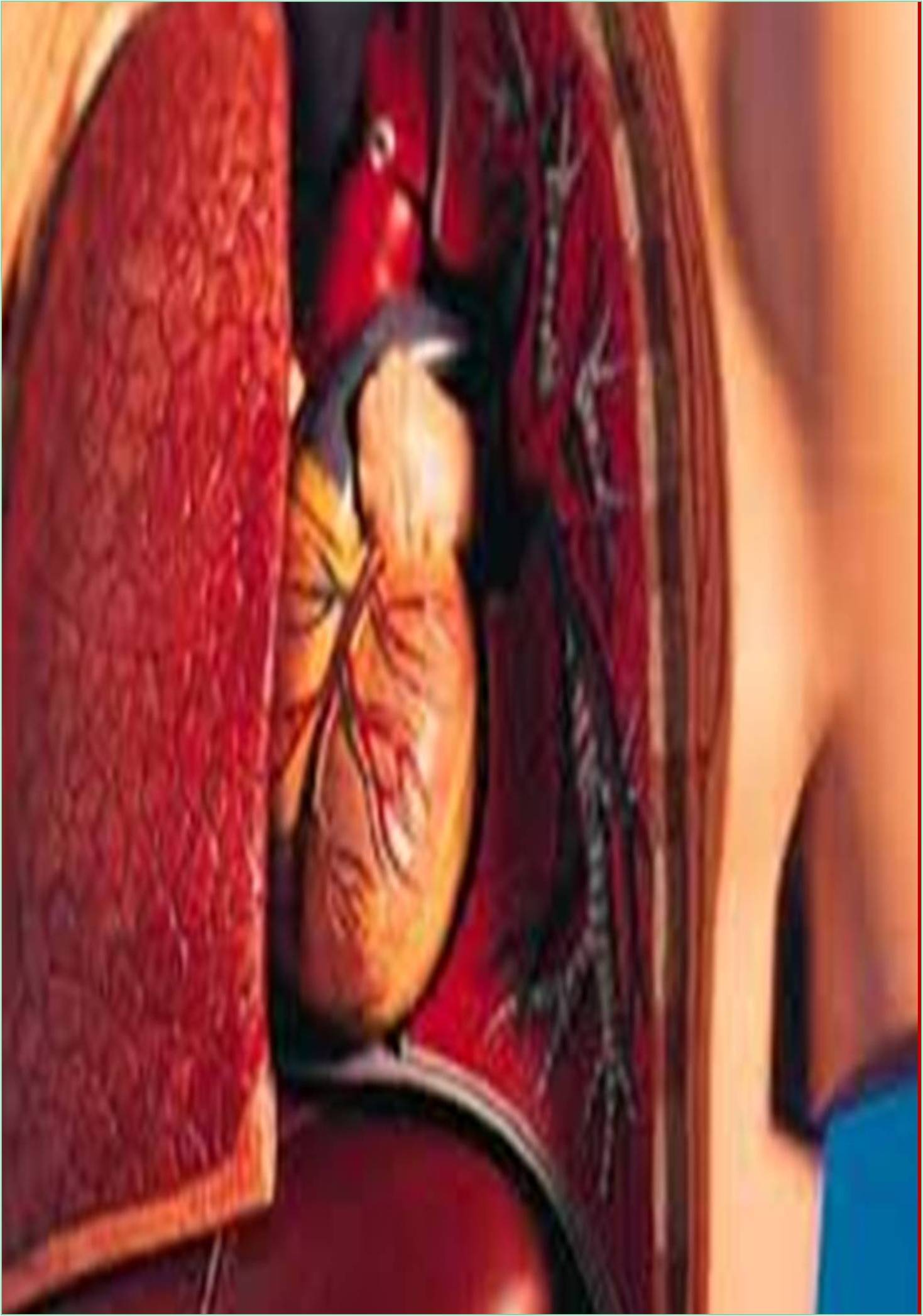



Received: 28-Nov-2022, Manuscript No. GJGC-22-83786; Editor assigned: 30-Nov-2022, Pre QC No. GJGC-22-83786 (PQ); Reviewed: 14-Dec-2022, QC No. GJGC-22-83786; Revised: 21-Dec-2022, Manuscript No. GJGC-22-83786 (R); Published: 28-Dec-2022, DOI: 10.15651/GJGC.22.10.013
Preventive cardiology can helps to minimize the risk of heart disease by identifying risk factors and giving the information and care to identify these issues that which helps in improving health. Complications of right-sided heart failure might include chest discomfort or pressure, as well as pressure caused by a lack of blood flow to the heart. This irregular pulse can increase the risk of stroke and blood clot formation. Preventive cardiology is a specialization that focuses on lowering the risk of developing heart disease and having a first heart attack or stroke in patients, as well as preventing subsequent issues in persons who already have cardiovascular disease.
Preventive cardiology is concerned with the clinical and preventive medical practice of cardiovascular disease in humans at both the individual and population levels. The purpose is to prevent the risk factors evolved in cardiovascular disease, lower the burden on the population to enhance the quality of life and life expectancy of individuals. It primarily targets people with atherosclerotic disease, who are at high risk of developing multifactorial cardiovascular disease. Traditionally, clinicians have concentrated their efforts on clinical practice on a single disease. In response to the cliché "prevention is better than cure," doctors also have a role in preventative care. Furthermore, several hospitals in the United States and other nations have created preventive cardiology clinics or cardiovascular prevention programs. Most nations have a professional society for preventive cardiology, which serves as an essential venue for health professionals and policymakers to collaborate on cardiovascular disease control and prevention.
Acute Heart Failure (AHF) is defined as the sudden onset of symptoms and/or indicators of Heart Failure (HF). This is a life-threatening medical illness that necessitates immediate diagnosis and treatment, which frequently necessitates hospitalization. This description implies a very complex and clinically demanding scenario, which, despite decades of thorough research, remains one of the key issues in cardiovascular practice and strongly addresses both the pathogenesis of AHF and its treatment.
Aims to prevent heart disease before an incident such as a heart attack, stroke, or cardiovascular surgery is required. It aims to organize active management of risk factors and medications, if necessary, as well as the early detection of coronary heart disease. This helps a person stop the progression of cardiovascular disease if they have undergone a procedure like heart or blood vessel surgery, angioplasty, or a heart attack. The complete, individualized approach to lifestyle and health management used by safe health can prevent the advancement of cardiovascular disease and lower the need for future angioplasty or bypass surgery, heart attacks, and strokes.
Although simple to grasp, a preventative intervention to lower the risk of Cardiovascular Disease (CVD) is challenging to implement. Quitting or avoiding smoking, eating sensibly, controlling the weight, exercising frequently, managing stress, and routinely testing the blood pressure, blood sugar, and cholesterol levels are all important ways to preserve heart health. CVD will continue to be the main force affecting our life duration until we step up and increase methods to manage risk factors and comorbidities. Several concentrated initiatives are needed to dramatically improve this forecast, the most important of which is the formation of a specialized specialty aimed at preventing CVD. Once preventive cardiology is established as a distinct subspecialty of cardiovascular medicine, the medical profession and the general public must be aware of its presence and use it on a regular basis to assess risk. Furthermore, hospitals must integrate this service and make it as popular as general cardiology or general endocrinology clinics. A heart attack is the first sign for 40% of persons with heart disease.
That is most emphatically not the greatest method to find out. Unfortunately, between 30% and 50% of these persons die as a result of a heart attack. They work with people who have had heart or blood vessel surgery, angioplasty, or a heart attack to prevent the advancement of cardiovascular disease.
The individualized approach to lifestyle and health management can decrease the evolution of the cardiovascular disease and lower the likelihood of future heart attacks, strokes, and angioplasty or bypass surgery need. Preventive measures to lower the risk of Cardiovascular Disease (CVD) are simple to understand but challenging to implement. Basic measures to keep heart healthy by quitting smoking or losing weight, maintaining healthy diet, managing the weight, exercising frequently, managing the stress levels, and checking the blood pressure, cholesterol, and blood sugar levels regularly. If we don't act now and intensify our risk factor and comorbidity management measures, CVD will remain the main factor dictating our life expectancy. The development of specialized subspecialties focused on CVD prevention is the most important step needed to significantly improve this prognosis.